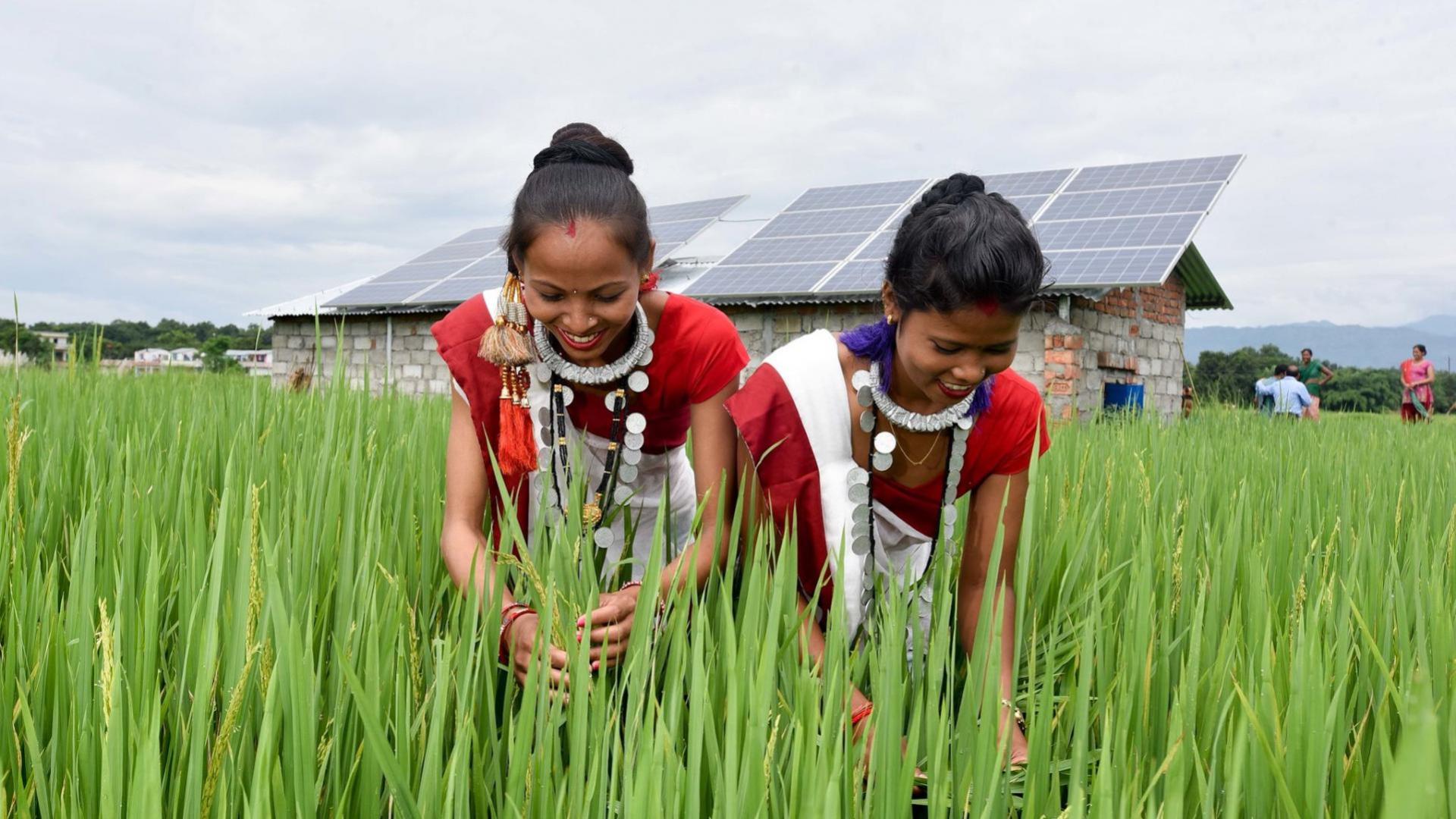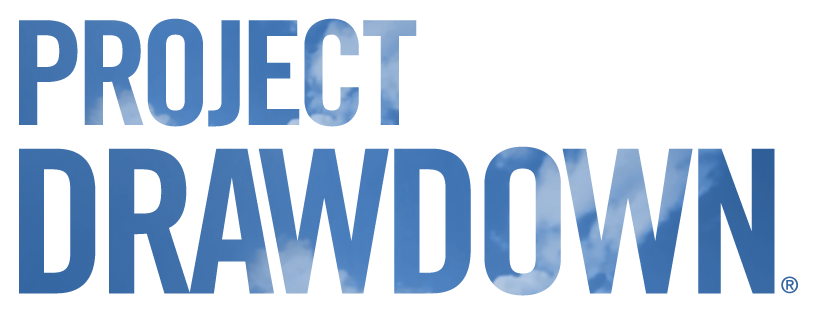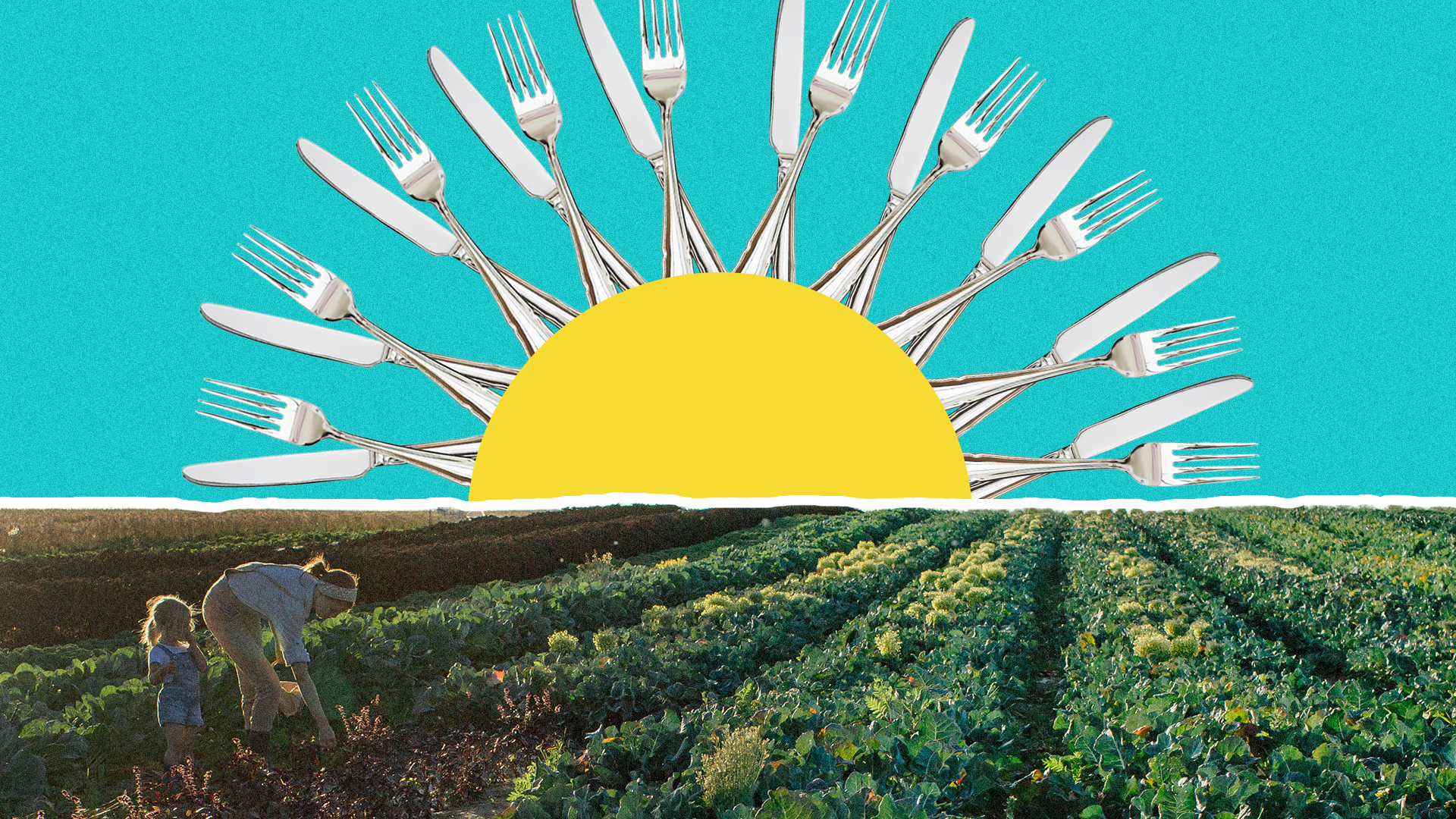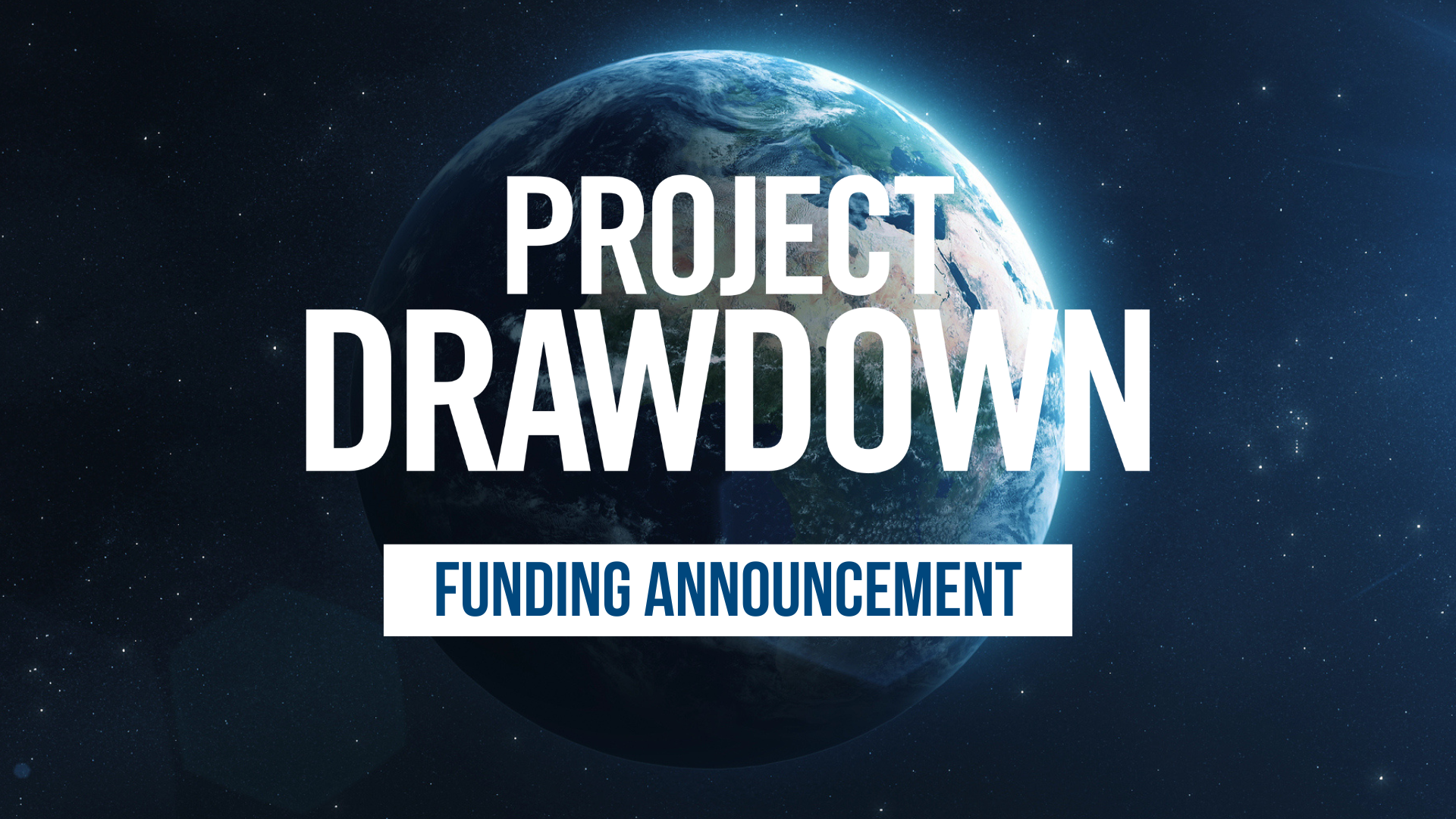Drawdown Lift: The year in review

Farmers at work in Nawalparasi, Nepal.
Credit: CGIAR Climate2022 was a busy year for Drawdown Lift, which focuses on promoting climate solutions that generate multiple benefits for poverty alleviation. From publishing a first-of-its-kind report to meeting with officials and civil society leaders and presenting at COP27, Drawdown Lift bridged important gaps between the climate and sustainable development fields. Here are the highlights.
In March, the Drawdown Lift team published a landmark report, Climate–Poverty Connections: Opportunities for synergistic solutions at the intersection of planetary and human well-being. The report provides concrete evidence of how climate change solutions can contribute to alleviating multiple dimensions of poverty in rural communities in Africa and South Asia. The report highlights 28 climate solutions that leaders and practitioners in low- and middle-income countries can prioritize as they address climate impacts, advance sustainable development, and pursue renewable energy pathways.
The report was presented to a wide range of climate experts and climate-focused development professionals representing climate finance institutions, multilateral and bilateral development institutions, philanthropies, impact investors, NGOs, and more. Officials, civil society leaders, and climate experts across the world lauded the usefulness and timeliness of the report. “The findings outlined in the report are really important to our work,” remarked Mikko Ollikainen, head of the UNFCCC’s Adaptation Fund, “as they delineate the interconnections between climate solutions, the improvements of livelihoods, and other benefits, and therefore advance the well-being of the communities that we serve.”
Similarly, Moffatt Ngugi, natural resources officer with USAID/Mozambique and Lift Advisory Council member, commented that the report contains “integrated work that we all need to know about.” Monica Jain, lead evaluation specialist for the International Initiative for Impact Evaluation (3ie) and former Lift Advisory Council member, noted that “this is a massive evidence review highlighting the co-benefits of climate mitigation solutions and human well-being. It can guide policymakers, funders, and researchers for future investments.”
Following the report’s publication, the Drawdown Lift team embarked on a fast-paced (mostly virtual) tour promoting the findings and recommendations. Throughout the year, the team had more than 60 public and media engagements and wrote 20 articles and op-eds, in addition to producing a high-level analysis of Nationally Determined Contributions in eight African countries. Interviews and quotes from the team appeared in outlets such as Al Jazeera, Scientific American, The Revelator, The Drop, Atmos Magazine, and Tree Speech podcast, among others. Additionally, Drawdown Lift summarized the report in a short video that was screened during several presentations for climate professionals.
The team also worked to ensure the results of Lift’s work are actionable for climate-focused public and private decision-makers. Drawdown Lift staff held approximately 40 meetings with external stakeholders, including the Adaptation Fund, Global Environment Facility, World Bank, USAID, Save the Children, the Gates Foundation, Stewart Investors, International Gender Champions, and many more. Through meetings and presentations, we continue to raise awareness for climate solutions that can help address the world’s climate and poverty crises simultaneously.
These efforts culminated at COP27, where program staff and some Lift Advisory Council members presented at side events and met with key stakeholders, including ministry officials from Pakistan, Rwanda, Bangladesh, Uganda, and Tanzania as well as representatives from the Rockefeller Brothers Fund, the International Water Management Institute, and Arizona State University. Drawdown Lift director Kristen P. Patterson spoke on a panel hosted by the World Resources Institute titled “Fast-Action Mitigation to Slow Warming in this Decisive Decade.” The Lift team also organized a panel discussion at the Locally Led Adaptation pavilion. That event, “Triple impact: Prioritizing climate solutions that advance adaptation, mitigation, and poverty alleviation,” featured speakers from BRAC, One Acre Fund, Save the Children, and USAID.
This year, Drawdown Lift also welcomed a new member of the team, Daniel Jasper, to serve as a policy advisor, and added new members to its Advisory Council: Rajib Ghosal (regional senior technical advisor, climate change, Save the Children, Asia-Pacific) and Cheikh Mbacké Faye (director, African Population and Health Research Center, West Africa Regional Office).
As we look ahead to 2023, our ultimate objective remains clear—to convince the world that we don’t have to choose between addressing climate change and alleviating poverty. As Patterson says, “We must prioritize climate solutions that generate substantial benefits for well-being to boost equity and usher in prosperity for populations least responsible for the climate crisis in Africa and South Asia.” In the year ahead, we plan to host a number of high-level webinars, private convenings, and public events and will continue to share additional research on climate solutions that also alleviate poverty. We invite you to stay tuned for these events, articles, and much more via the Project Drawdown newsletter.
Press Contacts
If you are a journalist and would like to republish Project Drawdown content, please contact press@drawdown.org.




